"Why, sometimes I've believed as many as six impossible things before breakfast."
- Queen to Alice
Do You Believe in the Jackalope?
The Jackalope snickers at us from his burrow in North American folklore.
He is a jackrabbit with antelope horns ...
And even in this definition, the Jackalope snickers at us some more ...
for the jackrabbit is not even a rabbit but a hare,
nor the pronghorn an antelope.
Some of the largest herds of wild pronghorns, which are found only in western North America,
are in Wyoming.
Fitting for that is where the legend of the modern Jackalope started.
In 1932, young Douglas Herrick of Douglas, Wyoming
returned from a hunting trip with his brother.
Herrick tossed a carcass into the taxidermy store, where it came to rest beside a pair of deer antlers.
The accidental combination of animal forms sparked Herrick's idea for a jackalope.
The two boys had studied taxidermy through mail order lessons and so ...
a mythical creature was born!
But is it mythical?
A 13th century Persian work depicts a rabbit with a single horn like a unicorn.
The horned rabbit appears in European artwork of Medieval and Renaissance times.
In Central America, the horned rabbit is mentioned in folklore and art of the Aztec period.
“If Quantum physics has taught us anything,
it is that the impossible is probable.”
- Nikola Tesla
So my question might better be asked:
"Could The Impossible Actually Be
Possible?"























































































































































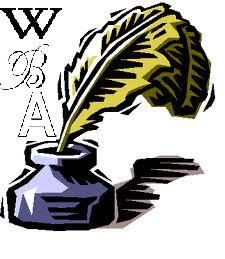





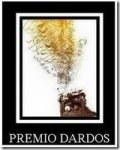

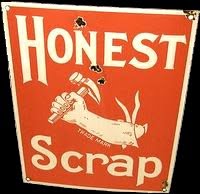


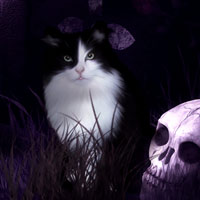






















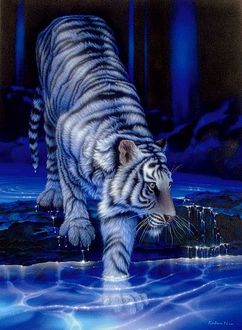


Hi Roland - I'd say yes ... I suspect evolution (happening mighty quickly!!) removed the rabbit or Hare's horns ... fun story I'd never heard of the Jackalope - must be true - I saw it here!
ReplyDeleteCheers Hilary
http://positiveletters.blogspot.co.uk/2017/04/j-is-for-jellicles.html
I always wanted a pet Jackalope! :-)
DeleteSo that's how the legend originated.
ReplyDeleteYes, David, my mind's full of fun facts that do not push cash in my pocket! :-)
DeleteIt's certainly cropped up in a lot of places. I think that helps its case!
ReplyDeleteSometimes species we think are myth turn out to be all too real, right?
Delete